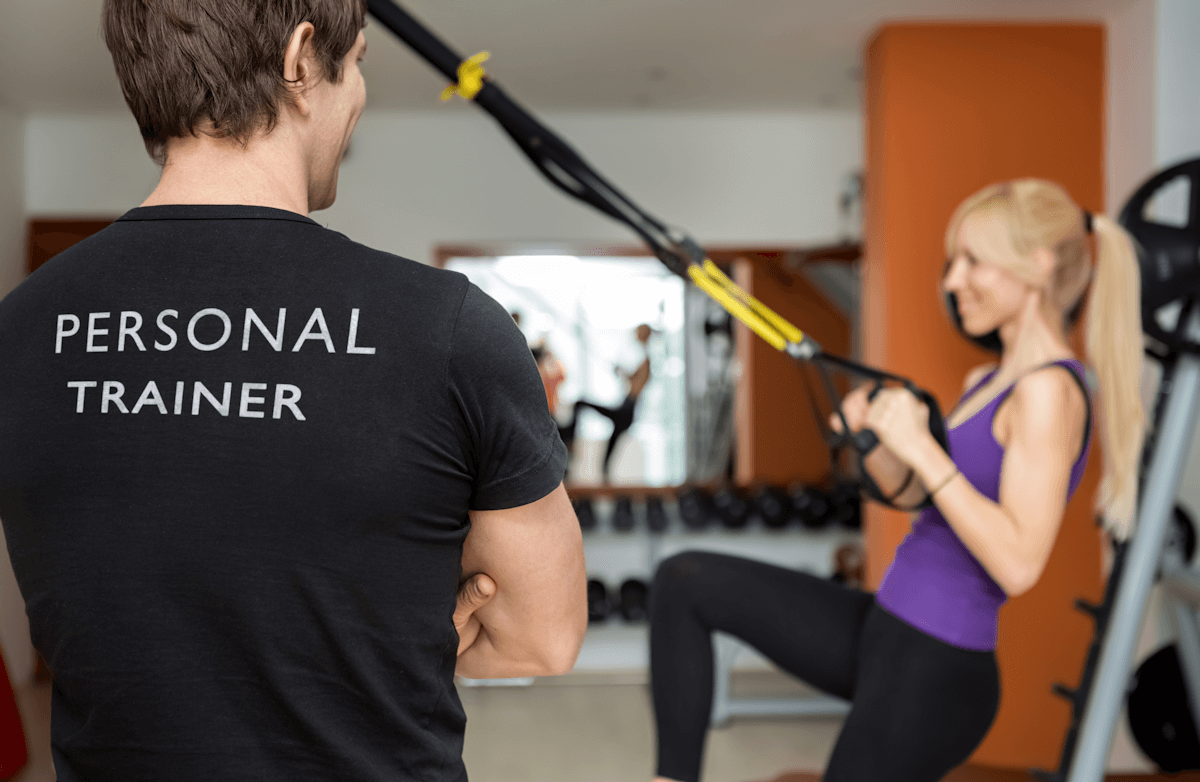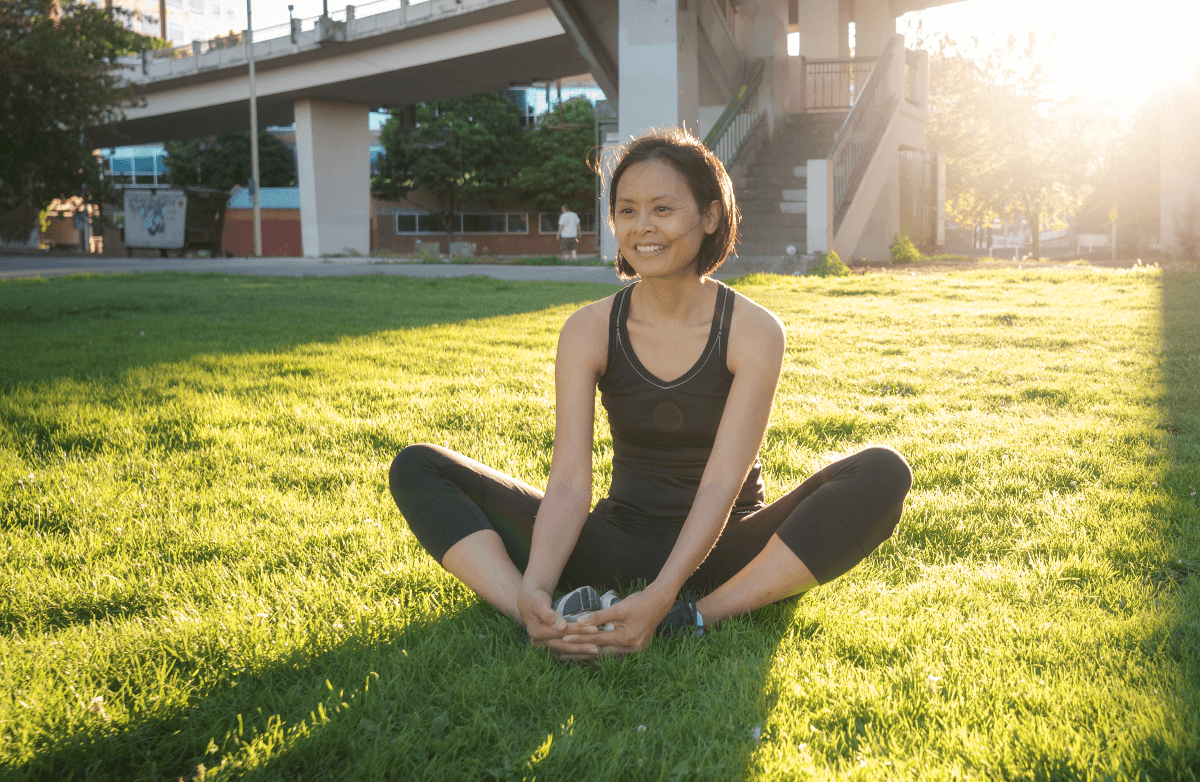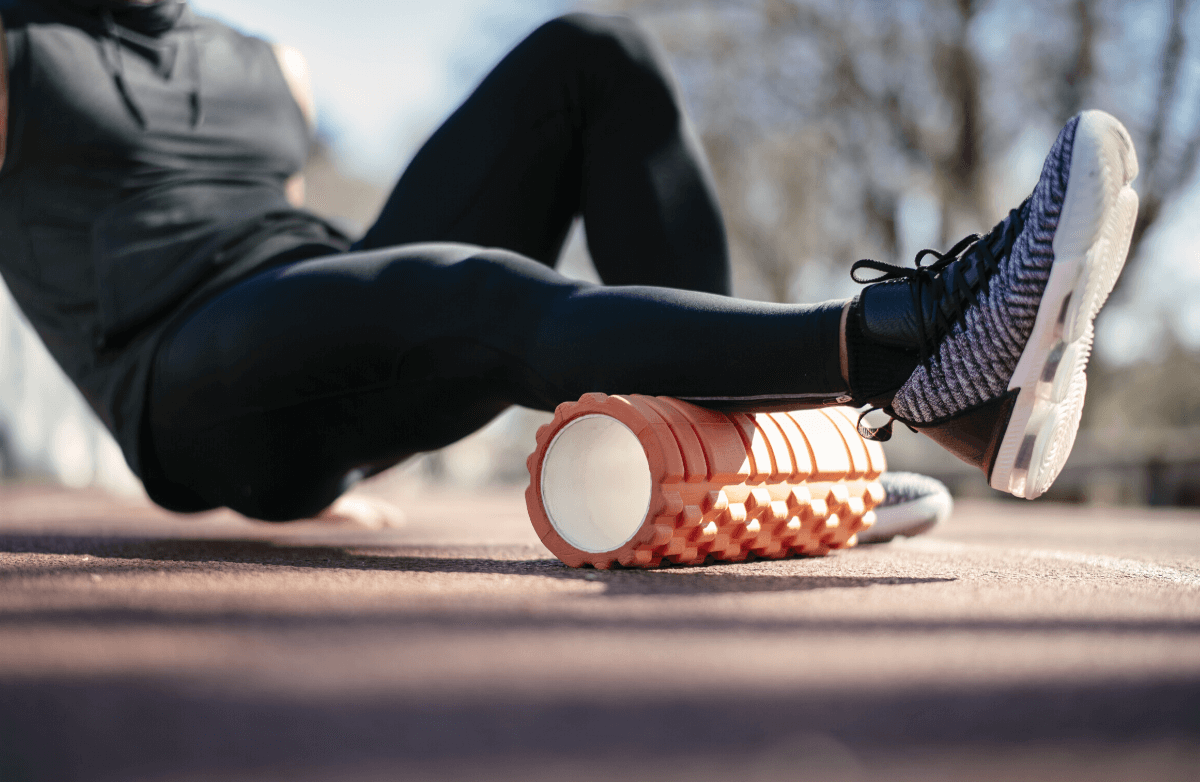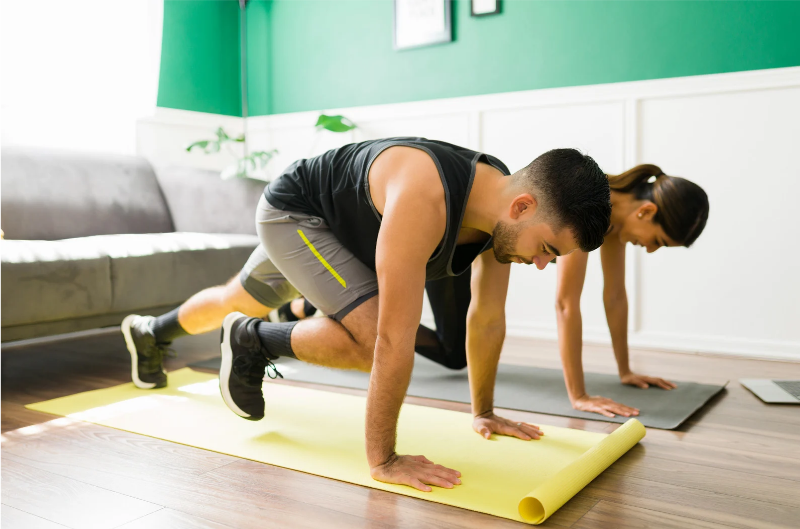
A cool down is the act of gradually lowering body temperature, heart rate and breathing rate following exercise.
The purpose of cooling down is to slowly return your body to a lower or resting state. When exercise ends abruptly, blood pressure also drops, which could cause dizziness or fainting. A proper cool down prevents the sudden pooling of blood in your extremities and re-circulates blood back to the heart, skeletal muscles and brain. This phase of your workout helps prevent muscle stiffness or soreness too.
You may see conflicting advice as to whether cooling down prevents post-exercise muscle soreness (also known as delayed-onset muscle soreness, or DOMS). However, even if cooling down doesn’t prevent DOMS, the other benefits of cooling down mean that you should always make it a part of your exercise session.
A cool down can be a slower or lower-intensity version of the activity you just did during your exercise session (like walking after running). The cool down should be gradual. In other words, do not go straight from running full speed to a walking. A light jog in between would be more appropriate so your body can slowly return to normal. The cool down can also be a different activity than you just did, provided it involves the same muscles. Contrary to popular belief, stretching is not the same thing as cooling down. In fact, stretching should come after a proper cool down.
What are the Benefits of Cooling Down?
A proper cool down provides many benefits. Some of these include:
- Helping your heart rate and breathing gradually
return to normal - Preventing fainting or dizziness, which can result from blood pooling in the extremities when vigorous activity is stopped suddenly
- Preparing your muscles for the next exercise session, which enables you to compete again at the same level within a short period of time (whether it’s tomorrow or a few days from now)
- Removing waste products (such as lactic acid), which can build up during vigorous activity
- Reducing the immediate post-exercise tendency for muscle spasm or cramping
- Reduces muscle soreness and stiffness
How to Cool Down
When cooling down, keep the FITT Principles (Frequency, Intensity, Time and Type) in mind.
- Frequency: How often you should cool down
A proper cool down should be done after any exercise session or physical activity, whether it is a cardio or strength training workout. - Intensity: How intensely you should cool down
Cool down with a low intensity exercise after a vigorous workout. Continue your chosen exercise (or a different one) while gradually slowing its intensity and/or speed. Gradually slowing down the pace and exertion of your activity over several minutes can seem a natural progression, as well as fulfilling the need to include a cool down at the end of your exercise. Another option is to jog or walk briskly for a few minutes after your exercise, making sure that this activity is lower in intensity than the exercise you have just performed. - Time: How long your cool down should last
A 10 to 15 minute cool down should be sufficient to allow your heart rate and breathing to return to normal. After exercise or strenuous physical activity, it is important to decrease your body temperature gradually until lowers back to normal. - Type: What activities are suitable for cooling down?
See "Examples of Cool Down Activities" above. The cool down can be a lower intensity version of the workout you just did, or it can be a completely different exercise. As long as it slowly lowers your heart rate and breathing, and involves the muscles you just worked, it is considered a proper cool down.
The best time to stretch is after your cool-down, since your muscles are still warm and most likely to respond favorably, and there is a low risk of injury.





.png)







